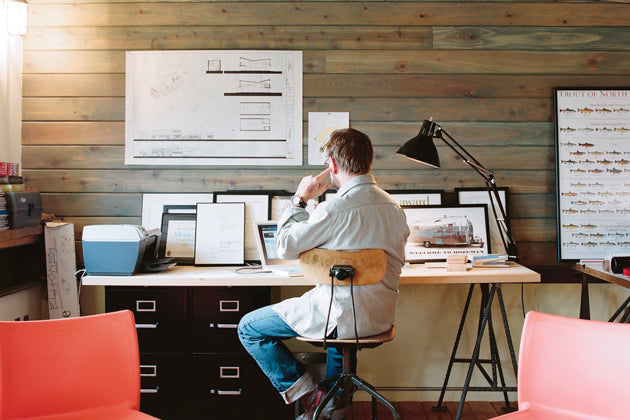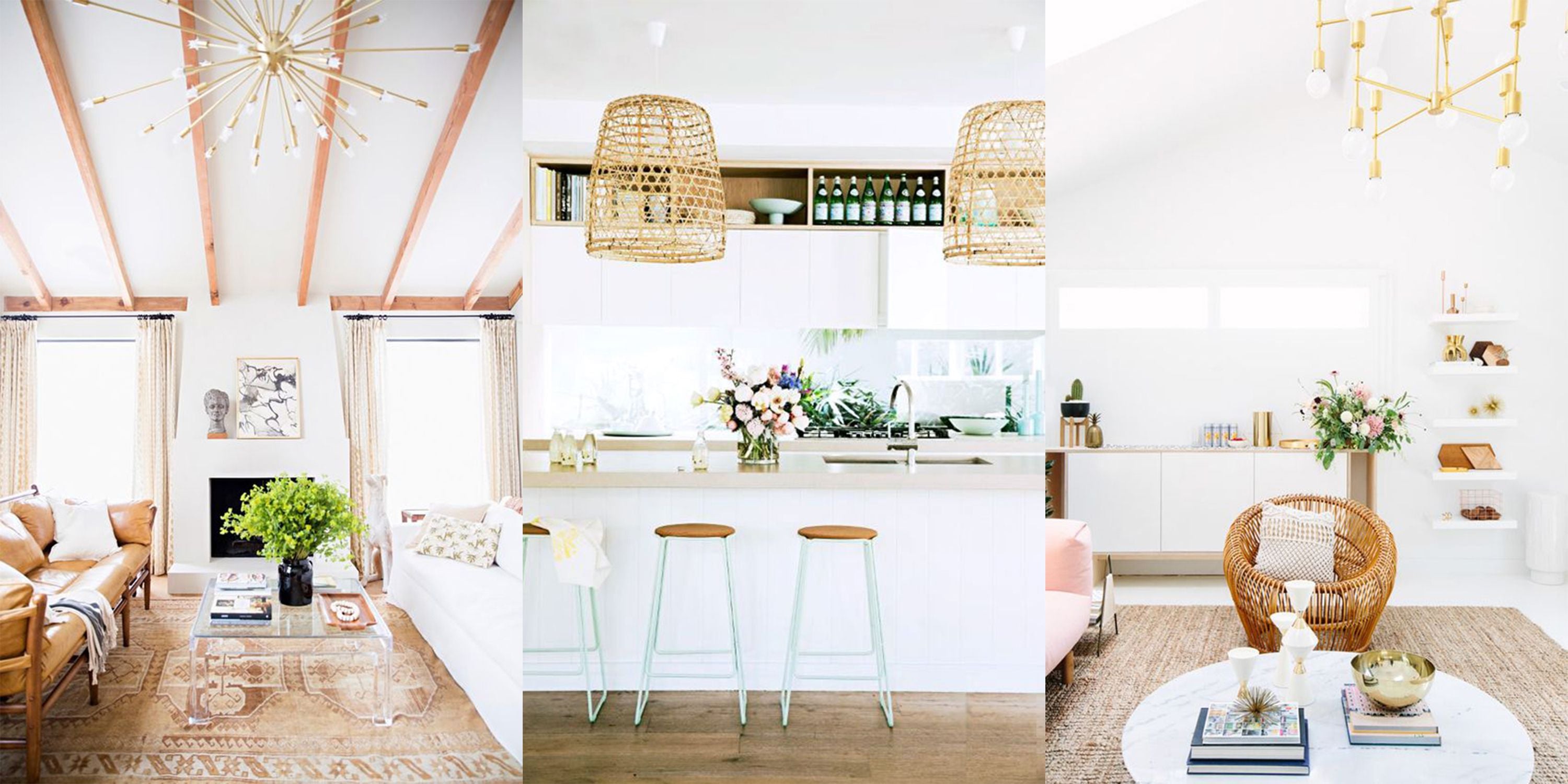Whether you work in a home office or a cubicle farm, the character and quality of lighting in your workspace can help increase your productivity. Poor lighting can reduce your energy, dampen morale, produce eyestrain and headaches, and ultimately impair your ability to work effectively.
Start out by considering natural light. Sunlight can produce warm lighting that improves the work environment. On the other hand, you may need to account for direct sunlight that creates overwhelming glare during certain times of the day. Where is your desk situated? If you’re lucky enough to have a sunny window, it’s a good idea to park your desk nearby it, or if there are no distractions, facing it. There’s something to be said for gazing out of a window while your brain is processing things at full speed.

If you don't have a lot of natural light, then artificial lights are even more important when considering workspace illumination. Many home offices have ambient lighting that includes overhead or recessed lights, but it's a mistake to think that those will suffice. Most home offices will feature ambient lighting that is diffused throughout the space and task lighting that is focused on specific workstations Existing ambient lighting is not designed for functional lighting in the home office, and it's necessary to add additional sources. Here are points to consider when making lighting decisions about your home office.
1.Keep it indirect
Avoid working under the direct glare of overhead lights. Instead, look for ways to diffuse the ambient light that will illuminate your office space. Lampshades soften and scatter otherwise harsh light, while an upward-shining floor lamp bounces the light off of walls and ceilings. The goal is to illuminate the entire space without creating undue glare and contrast while avoiding casting shadows.
2.Taken to task
For computer work, filing and other focus-intensive tasks, choose a well-defined light source dedicated to what you are doing. An adjustable or articulated desk lamp can put light exactly where you need it and support a variety of tasks. Desk lamps that have a flexible arm are ideal since you can adjust their height and angle to suit the task at hand. If you probably don’t have a lot of desk space, look for lights that are more compact, like the light clip onto the side of your desk. But task lighting alone can quickly give you eyestrain.

3.Location
Always consider where your light is coming from. A light source set behind you as you work on your computer will almost certainly create annoying glare on your monitor. Likewise, look out for unintended shadows cast by lamps set up for task lighting. For instance, if you write with your right hand, your hand and arm may cast shadows if the task light is also set off on the right.

Lepower Clip light -Take up the small space

(Click image to open the product listing)
The clip light is perfect for your home office and bedroom, It does not take up much space and you could clip it to your desk or bedside at 4 different light settings; warm low, warm high, cool low, and cool high. The setting will allow you to see anything you need a light for.
Lepower desk lamp - Eye-caring light for bedroom and office

(Click image to open the product listing)
The base is heavy and sturdy, yet small enough that you could place it exactly where you need it. The neck and head are very adjustable, you can angle the light exactly where you need it.






Leave a comment
All comments are moderated before being published.
This site is protected by reCAPTCHA and the Google Privacy Policy and Terms of Service apply.